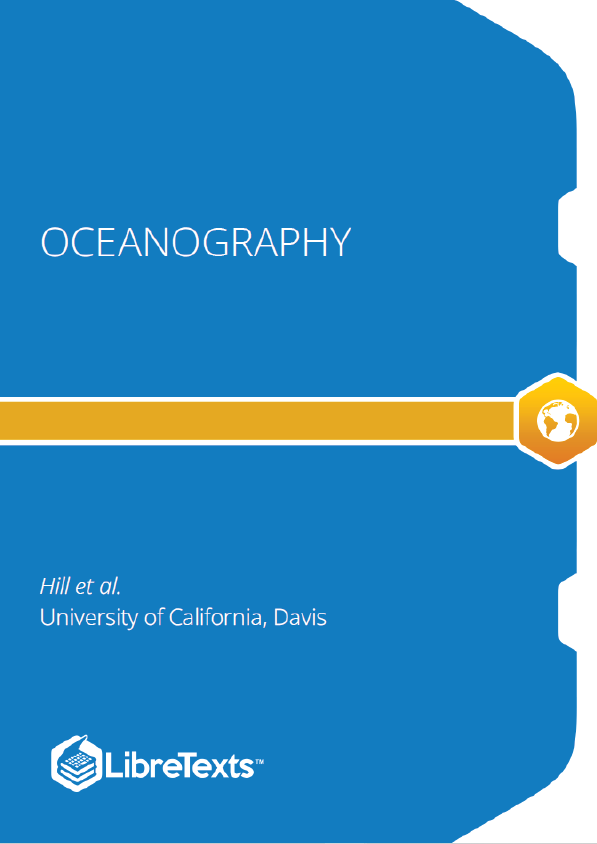The history of ocean exploration is one filled with danger, discovery, and romance. For nearly 100,000 years intrepid individuals have traversed the oceans and crossed the seas of this planet. The first oceanographers were traders, navigators, conquers, and explorers who dared to cross the sea.
THE FIRST OCEAN GOERS
Ocean exploration has slowly, but steadily gained more and more interest as the desire to expand, trade, and explore have become more enticing and necessary to understand the world around us. Contrary to popular belief, the European Age of Exploration was not the start of this tradition. The earliest known explorers originated from Southeast Asia over 100,000 years ago during what is known as the Melanesian exploration. Inhabitants of what is now known as Indonesia began discovering and exploring islands to the East. These people did not stray far from land but stayed close to coastal areas. They used small simple watercraft, designed primarily for littoral fishing and travel. This early period of exploration was superseded by superior navigation and cartography techniques developed by later cultures such as the Polynesians.
The Polynesians
The next wave of ocean exploration was the Polynesian Period. They were the first to develop open ocean exploration and navigation techniques. They consistently traveled across much of the South Pacific, passing New Zealand, Easter Island, and many others, and eventually making their way to Hawaii. This period also overlaps with the Greek exploration of the Mediterranean. There exist many conflicting theories as to how this culture was able to disperse across such a vast area or why they choose to do so, but they developed larger, stronger, and more stable boats that allowed them to endure the harsh conditions of the open ocean.
The Polynesians relied upon a complex and rich oral tradition to pass on knowledge of their navigation techniques, known as wayfinding. Historically, this knowledge has been confined to local navigation guilds on each island, but renewed interest has seen that these techniques are recorded for all time. These oral traditions have shown not only a detailed knowledge of natural phenomena such as wind patterns but also an extensive and precise knowledge of the locations of islands all across Polynesia. There is still discourse on whether early Polynesian colonizers made use of these techniques. However, there is a strong academic consensus that the Islands of Eastern Polynesia, such as Easter Island, were explored and colonized purposively using this knowledge.
Initially, researchers thought that the Polynesians and their culture originated from an Asiatic country and migrated to the Polynesian Triangle. However, researchers were able to use pottery to date the migration of Polynesian settlements and found that the Polynesian culture started on the Polynesian islands. Specifically, they started from the southeastern Solomons and northern Vanuatu before expanding to the Fiji archipelago which is west of the Polynesian Triangle around 1100-1000 B.C. They then settled in the Lau Islands then Tonga around 896-880 B.C. and further traveled east. Colonization of eastern and southern Polynesia occurred later. A study suggests explaining the delay in colonization was due to the unique climate patterns which finally allowed off wind sailing routes to the east. Gradual improvements in their sailing technology also attributed to the delay. The invention of the double-hulled canoe became beneficial in their colonization of eastern and southern Polynesia.











